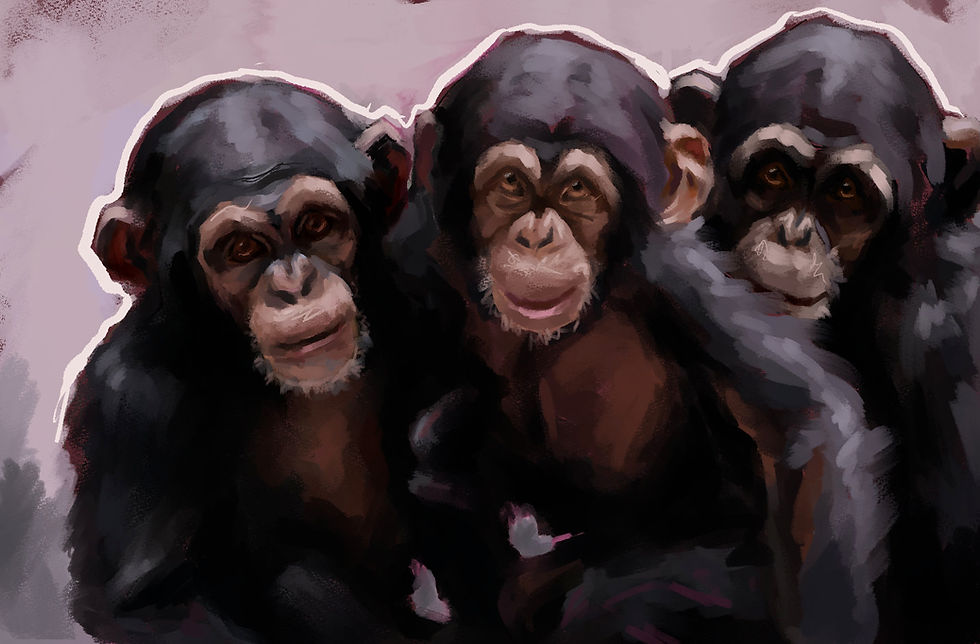What is Wildlife Art?
- Carina Kramer

- Jul 3, 2023
- 2 min read
A valid question and something that I feel goes a little deeper than simply art depicting a wild species.
A clinical definition would probably be something like this:
Wildlife art refers to works of art depicting wildlife, including birds, mammals, fish, and insects. The artworks are typically created by skilled artists and can be in various forms such as paintings, sculptures, illustrations, sketches, and photographs.
However, beyond that, wildlife art is often associated with conservation and environmentalism, and it plays a crucial role in raising awareness and educating others about the natural world and the importance of protecting it. Just as any other art form, it is not limited to realistic depictions; artists may also incorporate abstract or stylized elements into their work.
Wildlife art at its core for me includes the following elements:
Celebration of nature: Wildlife art is created to celebrate the beauty and diversity of the natural world. Many artists are drawn to the intricate details and textures found in the feathers, fur, and scales of animals (that would be the photorealistic side of the range). No matter in which for, I feel wildlife art capture the essence and character of each individual animal and their behaviour in their natural habitat.
Raising awareness about conservation: Artists often use wildlife art as a medium to create awareness and inspire conservation efforts (check out the amazing Wildlife Artist of the Year exhibition by the DSWF). By showcasing animals and their habitats, wildlife art draws attention to environmental issues such as habitat loss, pollution, and climate change, and helps people to understand how they can help preserve ecosystems and wildlife populations.
Documenting biodiversity: Part of it helps to document the diversity of species in different regions of the world. Artworks can serve as records of species that may be endangered, rare, or extinct. In many cases, esp in illustrations, important details and features of an animal's anatomy or behaviour can be further emphasized.
Emotional connections: Wildlife art can evoke strong emotional connections in people. For many, the artwork can transport them to far-off places, or remind them of personal memories and experiences in nature. These emotions can inspire people to take action to protect the environment and sustainable wildlife populations.
In summary, wildlife art serves as a visual record of the natural world, inspires conservation efforts, and connects people to the beauty and diversity of the animal kingdom.


Comments